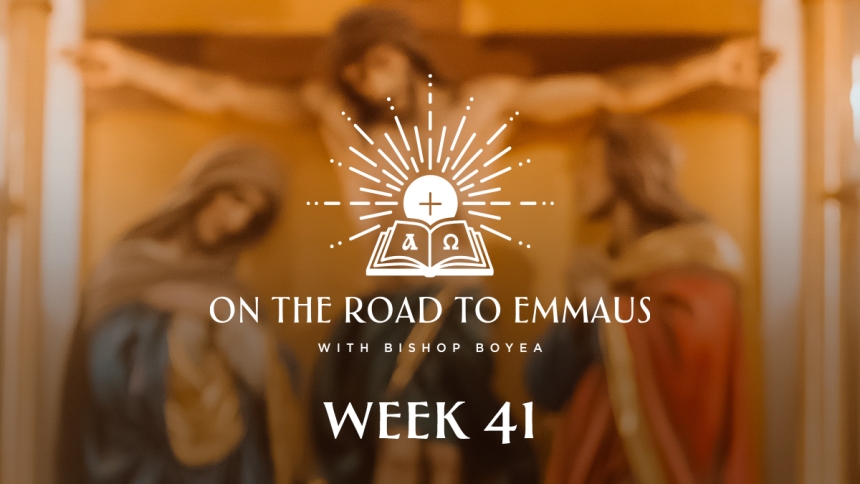
Friday, March 22, 2024
Friday in the Fifth Week of Lent
Dear brothers and sisters in Christ,
Sometimes people ask me if I think we’re living in the “end times” to which my answer is, most definitely, yes! Does that mean the second coming of Christ is imminent? I don’t know that. But all that God has wished to reveal to humanity for our salvation has now been revealed, with this public revelation concluding upon the death of the last apostle.
This “Deposit of Faith” is now entrusted to Christ’s Holy Church to preserve, unpack and proclaim in every generation until that second coming of Christ takes place, whenever that will be. Come Lord Jesus!
So, what of private revelation? By that I mean those visions, dreams and locutions claimed by many Christian souls over the centuries.
In discerning the veracity of such claims, we have to use our human reason and ask some basic questions, such as: Does the private revelation affirm Church teaching? Does the life of the alleged seer display both sanity and sanctity? Are there any authenticated miracles or great spiritual works associated with the claimed supernatural event? Does the local bishop approve or, at least, not condemn such claims?
Even then, no Catholic is bound in conscience to accept any alleged private revelation.
And yet, the Church has shown special favor to various private revelations over the centuries. Just think of visions of Saint Catherine of Siena in the 14th century or the Marian apparitions at Fatima in Portugal in the 20th century.
Another widely accepted private revelation is that of Sister Faustina Kowalska, an early 20th Polish nun who claimed repeated apparitions of Jesus which has given rise to a popular contemporary devotion to Christ’s Divine Mercy.
One long-standing devotee of the Divine Mercy was Pope Saint John Paul II. In the year 2000, he canonized Sister Faustina and officially designated the Second Sunday of Easter as the Sunday of the Divine Mercy for the Universal Church. Providentially, Pope John Paul died upon the vigil of Divine Mercy Sunday five years later.
At the heart of the devotion to the Divine Mercy is the Holy Eucharist. Saint Faustina’s full religious name was Sister Maria Faustina of the Most Blessed Sacrament. Meanwhile almost every page of her diary references the Holy Eucharist.
In one place she writes: “The most solemn moment of my life is the moment when I receive Holy Communion and for every Holy Communion I give thanks to the Most Holy Trinity” (Diary 1804).
And so, this week, On the Road to Emmaus, I am challenging you to pray the Divine Mercy Chaplet at least one day this week, ideally at 3pm. Here is a link explaining how to pray the Divine Mercy Chaplet.
I want you to particularly focus, however, upon the prayer that reads thus: “Eternal Father, I offer you the Body and Blood, Soul and Divinity of your dearly beloved Son, Our Lord, Jesus Christ, in atonement for our sins and those of the whole world.”
What difference can praying the Divine Mercy Chaplet make to your life? Watch this short but powerful film to find out. It features the Diocese of Lansing's Chief of Staff, Lisa Kutas. Enjoy!
I pray you have a blessed Holy Week. Until we meet again On the Road to Emmaus, God bless you all.
+ Earl Boyea
Bishop of Lansing
